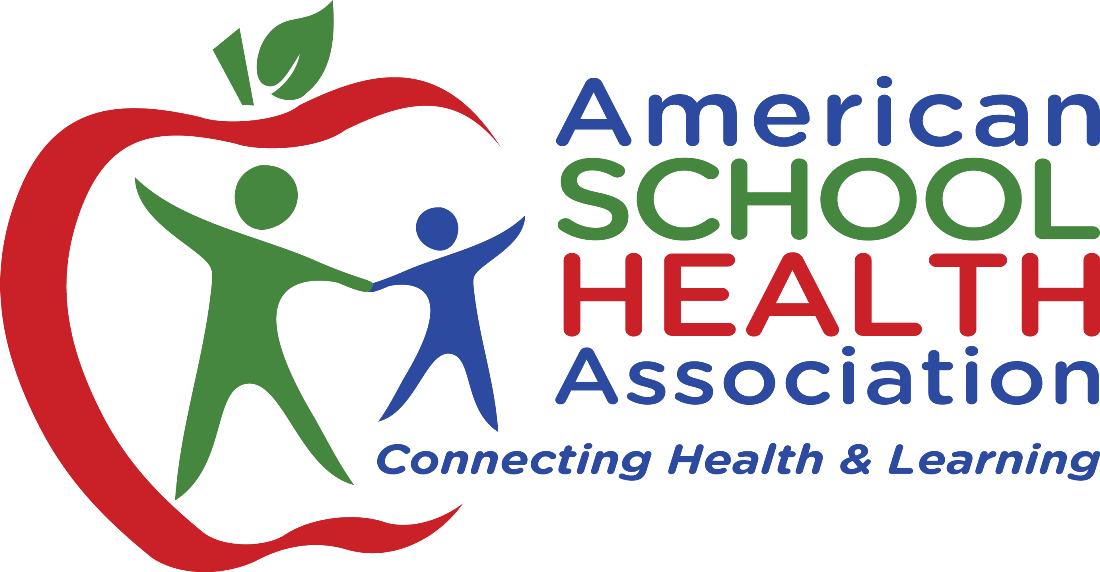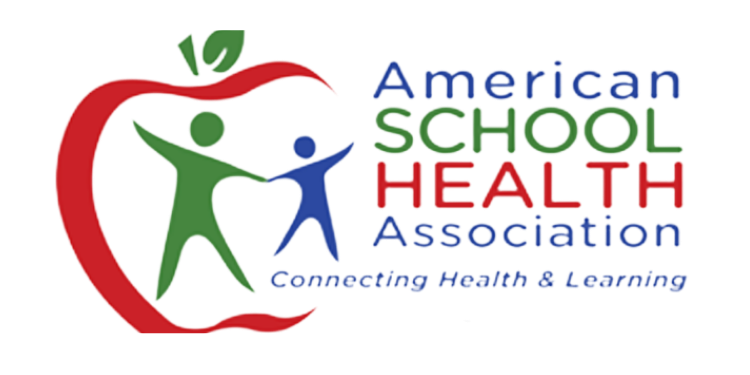Does ASHA Measure Up?
The Seven Measures of Success, a research project undertaken by the Center for Association Leadership, looked at factors that truly set successful associations apart from others. These “seven measures of success” were grounded in the work of Jim Collins and his colleagues. Let’s look at ASHA through the lens of these seven critical elements.
An Association of the Members by the Members, for the Members
Measure 1: A Customer Service Culture
Remarkable associations demonstrate their commitment in everything they do. They build a culture that is responsive to members—seeking input to fulfill members’ needs and developing programs and services that are mission-driven and supportive of members’ work. ASHA has a new website that enables members to access the ASHA member directory. We have created a new school health resource directory and a career center. Members get a biweekly e-newsletter and updates via CHEN. In addition, members get free continuing education credits and we are increasing the number of online learning opportunities.
Driven by Mission not by Money
Measure 2: Alignment of Products and Services with Mission
ASHA’s new mission expands its sphere of influence by focusing on both education and health. This empowers the organization to become more engaged with educators and to focus on products and services that appeal to health specialists as well as educators, parents, business, and other stakeholders. In the days ahead, we will convene four networking communities that will focus on various aspects of this new mission. Members have the ability to move within and among these communities to meet their needs and to truly collaborate with other members of the school health team.
Data, Data, Data
Measure 3: Data-Driven Strategies
Successful organizations continually track member needs and issues as well as trends in the field. They use data to drive improvement and continuously ask questions, reflect, and base decisions on the findings. Our integrated member database and new website allows us to collect real time information from our members. We analyze conference attendee evaluations which inform improvements to the schedule and help us recruit high-quality speakers. So when we send you a survey, please respond! Collecting and analyzing data is time-consuming but necessary if we are to make progress.
Ongoing Conversations
Measure 4: Dialogue and Engagement
ASHA’s Executive Director Lee Lowery leads a team of professionals with years of experience in association management. Lee and her team have created a culture focused on improving ASHA’s market share and providing an optimal experience for members. Similarly, the ASHA Board of Directors spends hours reviewing materials, convening committees, and meeting to discuss policy, process, and progress. We are deliberately trying to “blur” the lines between committees in order to create a synergistic focus and collaborative culture.
The Great Go-Between
Measure 5: CEO as Broker of Ideas
In remarkable associations, the CEO helps both staff and the Board to think about possibilities and to help facilitate actions to get the work done. Not only does Lee coordinate the efforts of ASHA staff, she is the link between staff, the Board and the membership. With years of association leadership under her belt, she understands the value of member participation. However, she has helped us focus on creating policies and practices that align with best practices. She keeps us focused on the business plan. Lee is not a health expert; rather she is an association management expert. ASHA’s Board of Directors and its members are the “health experts” that assist Lee and the staff to make sound decisions that impact school health professionals.
The Will to Act
Measure 6: Organizational Adaptability
Successful organizations are able to weather a crisis—more importantly, they are able to learn from them. This may mean that ASHA has to “prune to grow” by eliminating programs or services that are costly, unsuccessful, outdated, or labor-intensive. A good example of this is ASHA’s publications. The last new publication developed by ASHA was dated 2007. There were a number of publications dating back to the 1990s. As we tracked purchases over time, it was clear that the cost of reprinting, mailing, and storing these items was a drain on an already tight budget. We eliminated all publications with the exception of the JOSH. The new Research and Publications Committee is charged with answering these questions: Should ASHA be in the publishing business? What about online publications? What role should ASHA play, if any, in developing new publications on school health?
Partnering for the Right Purpose
Measure 7: Alliance Building
Successful associations pursue alliances that support their mission and purpose. It is important to determine who not to partner with as well. The school health field is saturated with issue-driven organizations that do good work; however, ASHA cannot actively support or promote every cause. The Advocacy and Coalitions Committee will focus on which partnerships are strategic and widen or strengthen our sphere of influence. We are an active member of the Student Health Advocacy Coalition (SHAC) and Lee Lowery represents the association at a number of other DC-area meetings. Using the information you provided in a recent advocacy survey, we will develop an advocacy agenda and develop briefs and position papers to support that agenda. We cannot do this work on our own—we need strong, strategic partnerships in both health and education to impact the future of school health.
It doesn’t matter where we’ve been—it matters where we are going!
I’ve told you about the work of ASHA’s staff and the Board of Directors. Be assured there is much going on at ASHA headquarters to make this organization responsive to your needs. Now it is your turn to step up to the plate and volunteer to serve ASHA. You recently received an email inviting you to volunteer to serve on a committee or to co-facilitate a networking community. We need your help. An organization is only as strong as its members. What will you do to make ASHA stronger? Let us know—we want to hear your voice!


